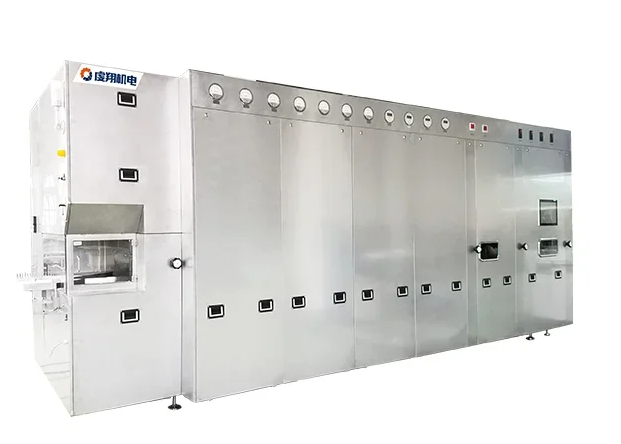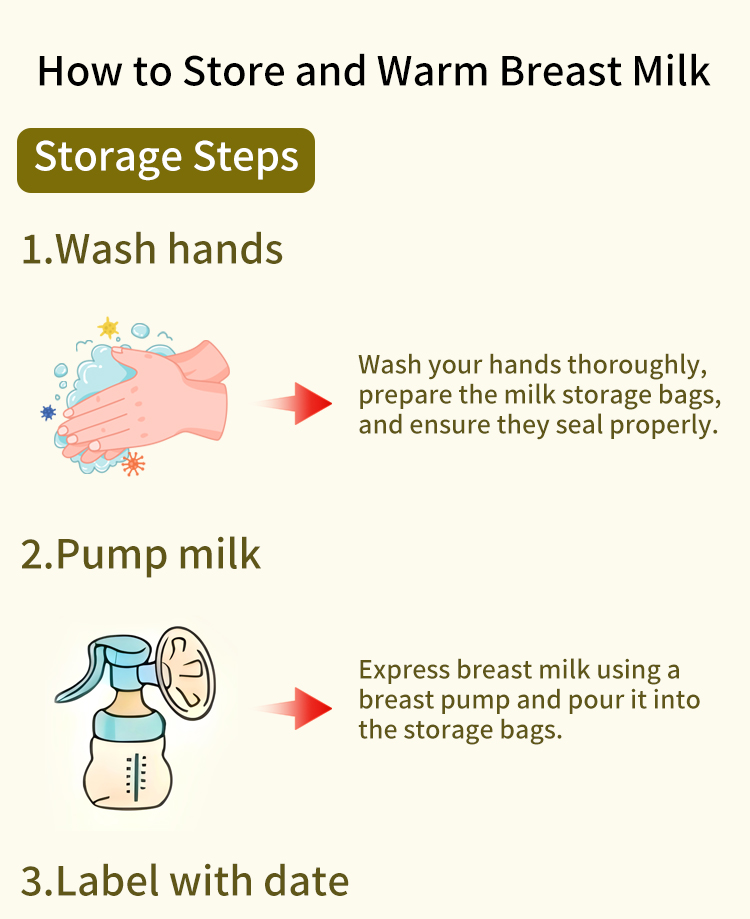Second-Hand Doubling Machines for Yarn: A Comprehensive Guide
The second-hand doubling machine is a game-changer for anyone in the crafting or sewing world. It offers an affordable way to enhance your projects without breaking the bank. Imagine creating beautiful, professional-looking pieces with ease. This machine not only saves you money but also boosts your creativity.
Finding quality tools can be tough, especially on a budget. A second-hand doubling machine allows you to access top brands and features that might otherwise be out of reach. With a little research, you can discover hidden gems that elevate your work. Embrace this opportunity to level up your crafting experience and make your ideas come to life.
Key Takeaways
-
When looking for a second-hand doubling machine, start by researching various types and their specific functions to ensure you choose the right one for your textile needs.
-
Evaluate used machines carefully; check for wear and tear, operational efficiency, and any necessary repairs that could affect performance.
-
Focus on key features such as speed, capacity, and ease of use when selecting a doubling machine to enhance productivity in your operations.
-
Consider the benefits of purchasing used machines, including significant cost savings and a lower environmental impact through sustainable practices.
-
Utilize reliable sources for purchasing second-hand machines, such as reputable dealers or online marketplaces with good reviews to ensure quality and trustworthiness.
-
Remember that investing in a used doubling machine can be a smart financial decision while also supporting eco-friendly initiatives in the textile industry.
Overview of Doubling Machines in Textiles
Role in Production
Doubling machines play a crucial role in the textile industry. These machines combine multiple strands of yarn to create a stronger, more durable product. This process is known as textile doubling. It enhances the quality and performance of the final fabric. Doubling machines increase the thickness and strength of yarns, making them suitable for various applications.
Suitable Materials
Various materials are used in textile doubling. Cotton is one of the most common fibers. It provides softness and breathability. Polyester is another popular choice. It offers strength and durability. Wool is also suitable for doubling due to its natural elasticity. Each material has unique properties that contribute to the final product's characteristics.
Key Manufacturers
Several manufacturers lead the way in developing doubling machines. Companies like Rieter and Saurer are well-known in the textile machine field. They produce advanced twisting machine models that improve efficiency. Rieter’s machines often feature electronic yarn guide technology, enhancing precision during production. Saurer focuses on innovations like the flanged bobbin spooler machine, which optimizes bobbin winding processes.
Types of Machines
Doubling machines come in various types, each designed for specific tasks. The spindle yarn model is widely used for cotton and polyester fabrics. It allows for efficient bobbin winding and minimizes yarn breakage through alarms integrated into the system. The assembly winder is another type that excels in handling multiple yarns simultaneously.
Features and Technology
Modern doubling machines incorporate advanced technology. For example, electronic yarn guides help maintain consistent tension throughout the process. This ensures high-quality output with fewer defects. The machines can also accommodate different yarn folding capacities, allowing flexibility in production.
Benefits of Doubling
Using doubling machines provides several benefits. They enhance the strength of single yarn by twisting it into double or even triple strands. This results in a more robust final product that can withstand wear and tear better than single yarns alone.
Types and Functions of Doubling Machines
Twisting Types
Doubling machines vary in design. Some are specifically for twisting yarns. These machines help create thicker, stronger threads by combining multiple strands. This process is essential for producing high-quality fabrics.
Yarn types also dictate machine selection. For instance, cotton and polyester require different approaches. Cotton doubling machines often use a slower speed to maintain thread integrity. Polyester machines may operate faster due to the material's strength.
Winding Functions
Winding is another critical function of doubling machines. The winding process prepares yarns for further processing or sale. Machines wind the doubled yarn onto spools or cones efficiently. This helps save time and reduces labor costs.
The winding function also ensures uniform tension. Consistent tension prevents yarn breakage during subsequent manufacturing steps. It leads to better quality control in fabric production.
Electronic Advancements
Technology has significantly improved doubling machines. Electronic yarn guide systems are one such advancement. These systems automatically adjust the yarn path, ensuring consistent winding and twisting.
These electronic systems enhance machine performance. They reduce human error and increase efficiency. Operators can program settings for different yarn types, leading to greater flexibility.
Moreover, modern machines often feature digital displays. These displays provide real-time data on machine performance. Operators can easily monitor production rates and detect issues quickly.
Specialized Applications
e doubling machines cater to specific applications. For example, machines designed for making carpet yarn must handle heavier weights. Others focus on delicate materials like silk or fine wool.
Each application requires unique settings and configurations. Customization allows manufacturers to optimize their processes. This adaptability is crucial in meeting diverse market demands.
Benefits of Doubling Machines
Doubling machines offer several benefits in textile production:
-
Increased strength of finished products
-
Improved efficiency in yarn preparation
-
Enhanced quality control through consistent winding
-
Flexibility to work with various materials
These advantages make doubling machines vital in the textile industry.
https://www.qianghetextile.com/product
Zhangjiagang Qianghe Textile Machinery Technology Co., Ltd.



